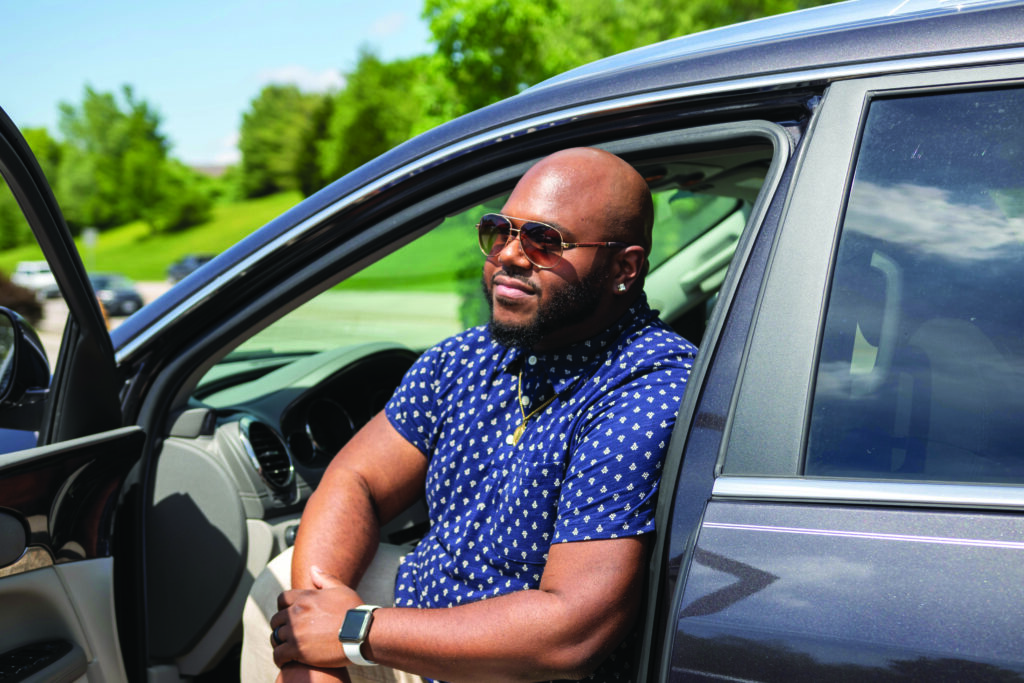Shopping for a car isn’t something we do nearly as often as shopping for groceries, clothes, or other household items. The decisions you make when you buy a car last for several years. For many, a car is an investment in their present and future selves and family. Whether you are buying a car for the first time or not, there are some needs that are essential for your experience. Some of the wants are luxurious but might not be worth the price. How do you determine your car needs vs wants?
You probably have an idea of what you need and want in your new ride based on other cars you’ve owned or driven. You can even build a car online with all your desired features to find out how much it will cost. Are all these bells and whistles worth your money?

Here are some questions to ask yourself before signing that contact to help determine your car needs vs wants.
- How often will I be responsible for driving others? As a first-time car buyer, you might only need your car for driving to school and work. If that’s the case, a sedan will serve you just fine. If you’re a mom of three littles in car seats an SUV or minivan might be a great investment. Don’t think about your present needs only, consider your future needs too. If your family will be growing over the next few years, consider purchasing a vehicle with some room to grow. My goal is to keep my current sedan for another 10 years. When my husband’s sedan bites the dust, we’ll look into purchasing a small SUV so our future family won’t be tight on space.
- What environment do I live in? The Greater St. Louis area is relatively flat and gets some snow in the winter. A front wheel drive car is a cost effective and practical solution. If you aren’t a confident driver in the rain and snow, an all-wheel drive vehicle will cost more monthly but could save you from higher insurance and car repairs if you’re in an accident.
- What is the car’s history? New cars directly from the manufacturer won’t have any history since they haven’t been previously owned. However, any preowned car will have a history. Tools like CARFAX can report a vehicle’s history with only a VIN number. A history report shows when and where a car was sold, if it has been in any accidents, and maintenance that has been done. Reports like this don’t document maintenance that was done by the owner and not at a body shop. Read these reports with a grain of salt.
- Do I need a fuel-efficient car? A vehicle’s fuel efficiency can be determined by a car’s MPG or Miles Per Gallon. You can find the MPG on the window sticker or on the car’s listing online. The two numbers note how many miles the car can drive on the highway and on city roads. Usually, the higher number is the highway estimate. Larger vehicles usually have a lower MPG. You can expect to pay more for gas per month than with a smaller vehicle with a higher MPG. If you want a greener solution, consider buying an electric or hybrid car.
- How safe is my desired car? As a newer or accident-prone driver, consider what safety features are available in the cars you are researching. Some safety features are standard for some trim levels, but others are only available in the more expensive trim levels. Here are some features that I have found helpful in preventing car accidents.
- Forward collision warning is an automatic emergency braking system in newer cars that deploys when the system detects an object is closely in front of your car. This will often sound an alarm and the vehicle will apply the brakes for you, so you don’t rear-end the car in front of you.
- Blind-spot monitoring is an alert system often found on the mirrors of a vehicle that light up when there is a vehicle in your blind spot on their side. This is helpful for avoiding sideswiping another car when trying to change lanes.
- Lane departure warning system is a feature that allows your car to detect the lanes of the road. When enabled, the steering wheel will vibrate, and a notification will appear by the speedometer warning you that you are about to cross into a lane.
- Rear parking sensors and a rear-view camera often go together but may be available independent of each other. When your car is in reverse, the rear sensors will alert you of objects behind your car. The rear-view camera allows you to see the road behind you.
In addition, consider the safety rating of the vehicle. The NHTSA conducts mock crashes and rates the car’s safety. They grade each vehicle on a five-star scale in frontal crash, side crash, rollover, and overall categories. Plus, they recommend safety technology that is available for each model.
- How much does insurance cost? Car insurance costs vary greatly depending on the vehicle you purchase. Other factors such as your age and driving history also impact your monthly total. Contact your car insurance company and get a quote for the car you want to buy. Be as specific as possible and include the VIN (Vehicle Identification Number) if you have it. Costs can significantly increase with even one level of upgrade in a trim model. Also, insurance for used cars tends to cost less than new cars.
The more you research the features in cars, the more features you’ll discover are available. Be sure to review the details of each feature in depth. Some manufacturers use a similar name for two different features.
Using these questions can help turn your next car into a reliable and luxurious reality. After you finalize your car needs vs wants, come to Alltru to discuss how to finance an auto loan for your next ride. Happy shopping!







